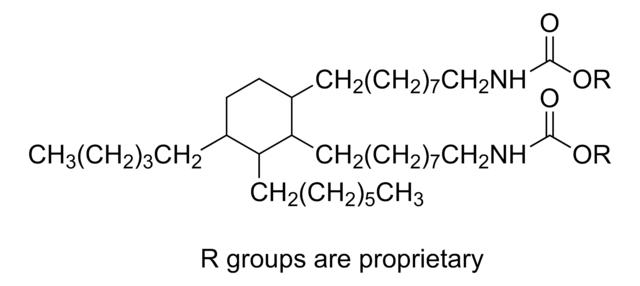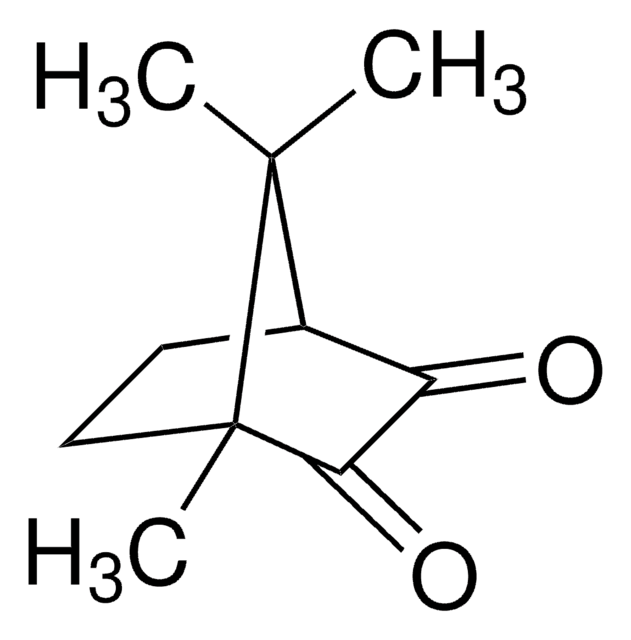411167
Bisphenol A glycerolate (1 glycerol/phenol) diacrylate
contains MEHQ as inhibitor
Sinónimos:
2,2-Bis[4-(3-acryloyloxy-2-hydroxypropoxy)phenyl]propane, 2,2-Bis[acryloyloxy(2′-hydroxypropyloxy)phenyl]propane, Bisphenol A glycerolate diacrylate
About This Item
Productos recomendados
contains
MEHQ as inhibitor
250-500 ppm MEHQ as inhibitor
Quality Level
refractive index
n20/D 1.557 (lit.)
viscosity
2000-4000 cP(65 °C)(lit.)
acid number
<5 mg KOH/g
density
1.18 g/mL at 25 °C (lit.)
SMILES string
CC(C)(c1ccc(OCC(O)COC(=O)C=C)cc1)c2ccc(OCC(O)COC(=O)C=C)cc2
InChI
1S/C27H32O8/c1-5-25(30)34-17-21(28)15-32-23-11-7-19(8-12-23)27(3,4)20-9-13-24(14-10-20)33-16-22(29)18-35-26(31)6-2/h5-14,21-22,28-29H,1-2,15-18H2,3-4H3
InChI key
VZTQQYMRXDUHDO-UHFFFAOYSA-N
Categorías relacionadas
Application
Features and Benefits
Physical form
signalword
Warning
hcodes
Hazard Classifications
Skin Sens. 1
Storage Class
10 - Combustible liquids
wgk_germany
WGK 3
flash_point_f
235.4 °F - closed cup
flash_point_c
113 °C - closed cup
ppe
Eyeshields, Faceshields, Gloves, type ABEK (EN14387) respirator filter
Elija entre una de las versiones más recientes:
¿Ya tiene este producto?
Encuentre la documentación para los productos que ha comprado recientemente en la Biblioteca de documentos.
Los clientes también vieron
Nuestro equipo de científicos tiene experiencia en todas las áreas de investigación: Ciencias de la vida, Ciencia de los materiales, Síntesis química, Cromatografía, Analítica y muchas otras.
Póngase en contacto con el Servicio técnico









